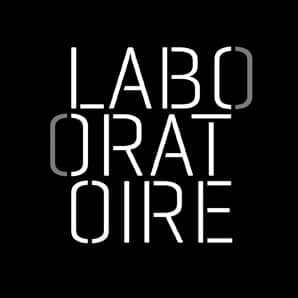Jun 26, 2018 | editions en, local contemporain en
Fixed landscapes do not exist. The sedentary and the definitive are only optical illusions, deficits of perception or interpretation. Everything in the landscape moves, pitch, boat, jostles, migrates and moves …. This infinite tangle of dynamics is experienced over 128 pages by many artists and authors from multiple disciplines who invite you to approach the landscape as a valuable resource to learn to live with magnitude.
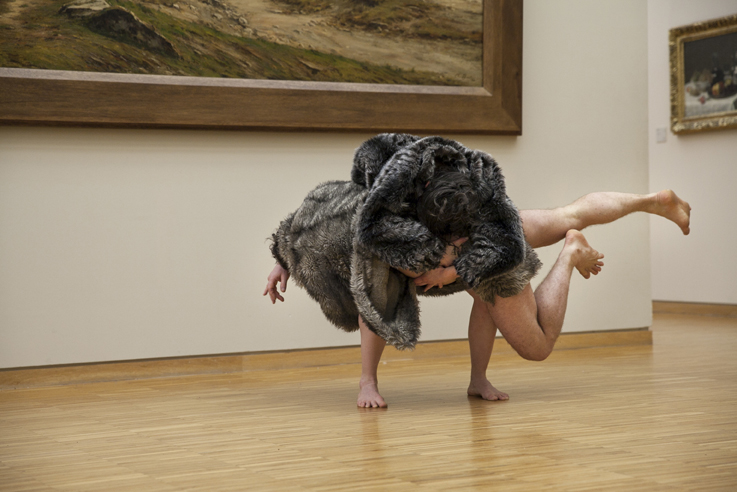
Contributed to this issue : Anne-Laure Amilhat-Szari, Maryvonne Arnaud, Cécile Beau, Daniel Bougnoux, Philippe Bourdeau, Laure Brayet, Anne Cayol-Gerin, Philippe Choler, Laurence Després, Caroline Duchatelet, Gisèle Durand, Sandrine Expilly, Alain Faure, Eve Feugier, Christoph Fink, Éléonor Gilbert, Lucie Goujard, Julien Grasset, Catherine Hänni, Nicolas Hubert, Nicolas Lanier, Francis Limérat, Jacques Lin, Jeanine Elisa Médélice, Sarah Mekdjian, Chloé Moglia, Guillaume Monsaingeon, Philippe Mouillon, Stéphanie Nelson, Fabrice Pappalardo, Aymeric Perroy, Dominique Pety, Hélène Piguet, David Poullard, Isabelle Raquin, Claire Revol, Olivier de Sépibus, Anne Sgard, Jeff Thiébaut, Henry Torgue, Martin Vanier.
Original texts of : Maryvonne Arnaud, Daniel Bougnoux, Laure Brayet, Anne Cayol-Gerin, Lucie Goujard, Nicolas Lanier, Jeanine Elisa Médélice, Guillaume Monsaingeon, Philippe Mouillon, Aymeric Perroy, Dominique Pety, Isabelle Raquin, Claire Revol, Olivier de Sépibus, Jeff Thiébaut, Martin Vanier;
Original images of : Maryvonne Arnaud, Éric Bourret, Caroline Duchatelet, Sandrine Expilly, Éléonor Gilbert, Stéphanie Nelson, Mathias Poisson, Isabelle Raquin, Olivier de Sépibus.
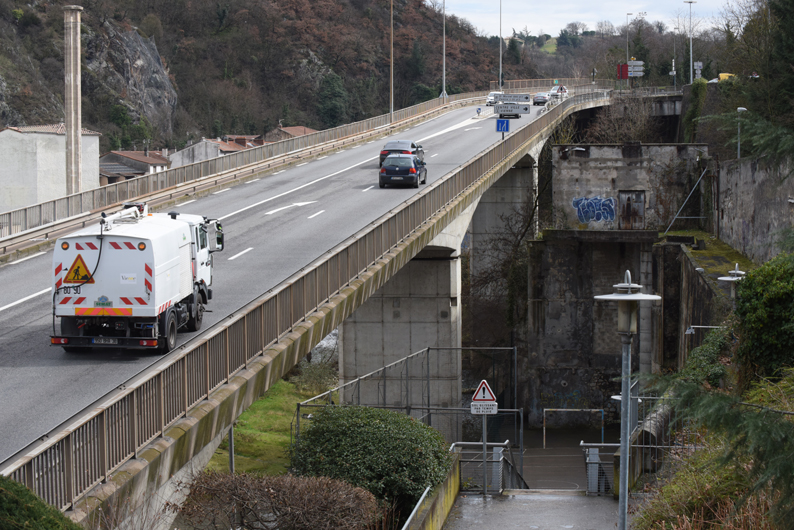
Plus d’informations sur : https://local-contemporain.net/opus-10/
ORDER THE REVIEW
Apr 21, 2017 | editions en, local contemporain en
Better perceive and share the world to which we belong. This is the meaning of PAYSAGE> PAYSAGES, an attractor of initiatives developed on the 7,431 km2 of the department of Isère during the three months of a season, here in autumn 2016, then amplified by slipping a season to the other until the summer of 2020. The landscapes weave the close neighborhood and the horizon, circulating otherness in the local and intimacy in the distance.
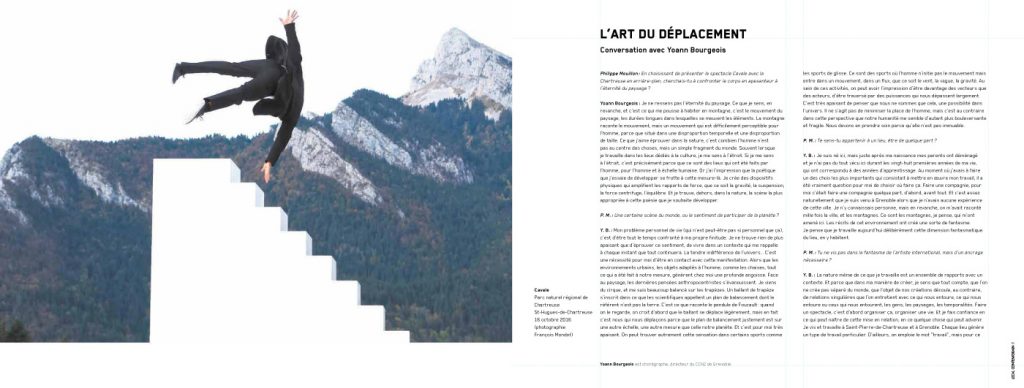
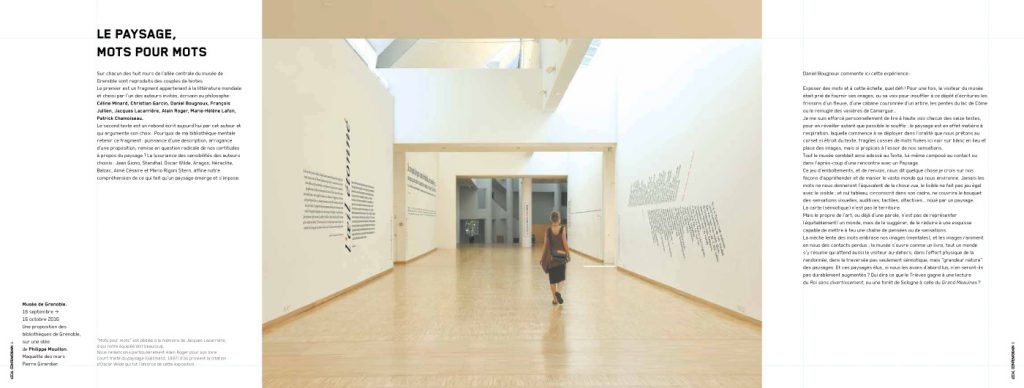
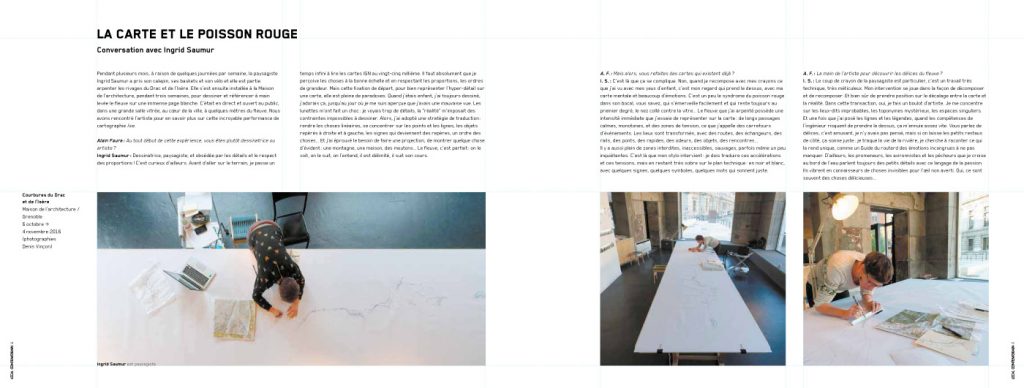
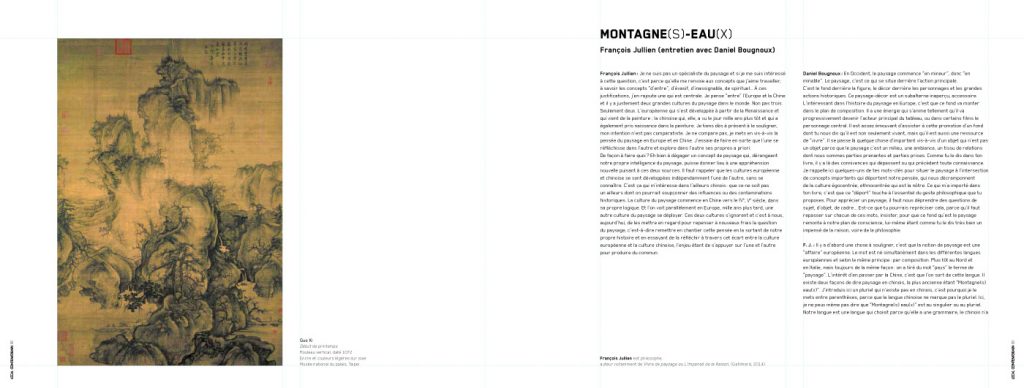
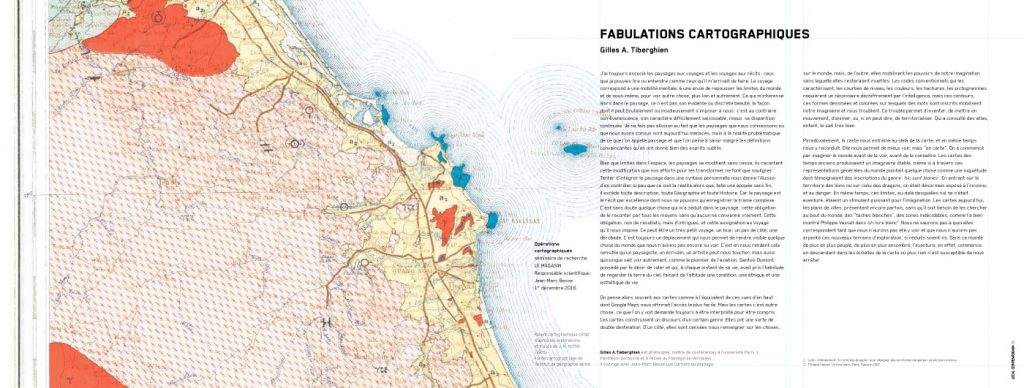
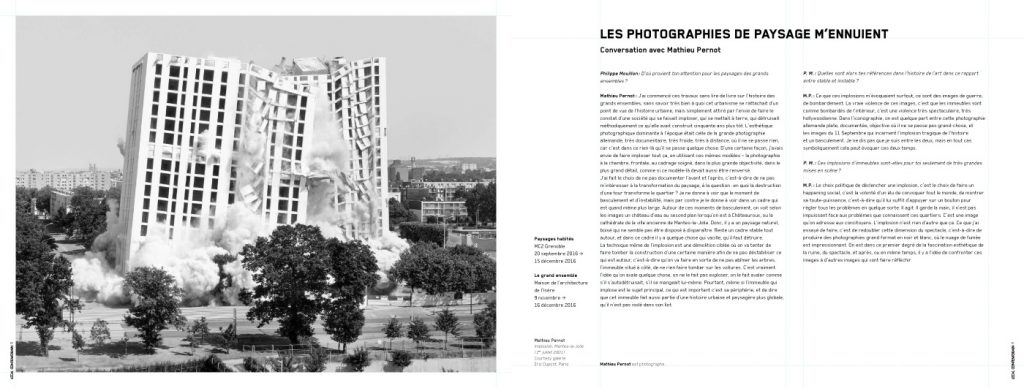
Original texts by : Anne-Laure Amilhat Szary, Maryvonne Arnaud, Jean-Pierre Barbier, Daniel Bougnoux, Élisabeth Chambon, Patrick Chamoiseau, Marie Chéné, Alain Chevrier, Antoine Choplin, Alain Faure, Christian Garcin, Serge Gros, Jean Guibal, Michael Jakob, François Jullien, Agnieszka Karolak, Marie-Hélène Lafon, Philippe Marin, Sarah Mekdjian, Céline Minard, Guillaume Monsaingeon, Philippe Mouillon, Hélène Piguet, Alain Roger, Gilles A.Tiberghien, Henry Torgue.
Literary texts by : Aragon, Balzac, Aimé Césaire, Du Bellay, Jean Giono, Héraclite, Jacques Lacarrière, Mario Rigoni Stern, Stendhal, Oscar Wilde.
Original images by : Maryvonne Arnaud, Benbert, Andréa Bosio, Jérémy Chauvet, Thi Thuy Ngan Dinh, Yann de Fareins, Michel Frère, Françoise Girard, Chris Kenny, Lapin, Vanessa Loumon, Mengpei Liu, Gérard Michel, Mohamad Tohméh, François Mondot, Douglas Oliveira da Silva, Thomas Pablo Mouillon, Mathieu Pernot, Amélie Pic, Christian Rau, Jean Marc Rochette, Ingrid Saumur, Tazab, Denis Vinçon, Jeremy Wood.
Iconographies : Gustave Doré (1875-1878) Collection musée de Grenoble, Jean Bidauld (1808) Collection musée de Grenoble, Édouard Brun (1901) Collection musée de Grenoble, Ernest Victor Hareux (1892) Collection musée de Grenoble, Laurent Guétal (1889) Collection musée de Grenoble, Ernest Hébert (1883) Collection musée Hébert, Jean Achard (1837) Collection musée de Grenoble, Jean Achard (1844) Collection musée de Grenoble, Guo Xi (1072) Musée national du palais, Taipei
> Download the order form
Apr 7, 2017 | editions en, local contemporain en
Do printed maps still matter in our digital age? The availability of digital signal, the demand of real-time data, the omnipresence of telephone that become mobile-compasses, all are often thought to condemn paper. We now know that no map is true, perfectly precise or definitive. Like classic translations, constantly reworked, cartography is a translation amongst others, eternally incomplete and obsolete. Artists never aim to be neutral or exhaustive. Their approach toward scenery is by essence a refusal of the norm, the choice of a personal interpretation, a call to look differently at those landscapes we thought we knew well. Mappages assembles artists who approach maps as a means of expression rather than as orientation tool; questioning the pretence of maps as absolute things; a call to the “map of the day after“, that which would complete the experience of a territory never definitively documented. The French word mappe, old-fashioned and unusual, has been chosen rather than carte. Map and mappe both come from nappe (table cloth). Mappage is a mix between the map and the page: long live printed maps!
“Walking with satellites” is the result of a work carried out over three weeks, with the collaboration of 65 students equipped with GPS receivers; it is both an orientation tool and the story of a collective experiment. 475 kilometres were covered on foot over the 185 hectare campus, while avoiding all existing paths. Roads and buildings disappeared, replaced by loops and convolutions. Under Jeremy Wood’s direction, the Grenoble campus has revealed its unseen and delicate composition. It is a map made of methodical meanderings, second thoughts, day dreams and wanderlust. On the front of the map (the recto) we see the campus’ connection to the city, thanks to the crossing of the Isère, or the discreet presence of the buildings. The map printed on the back reflects a floating silhouette, almost primitive and wild, looming from prehistoric times.
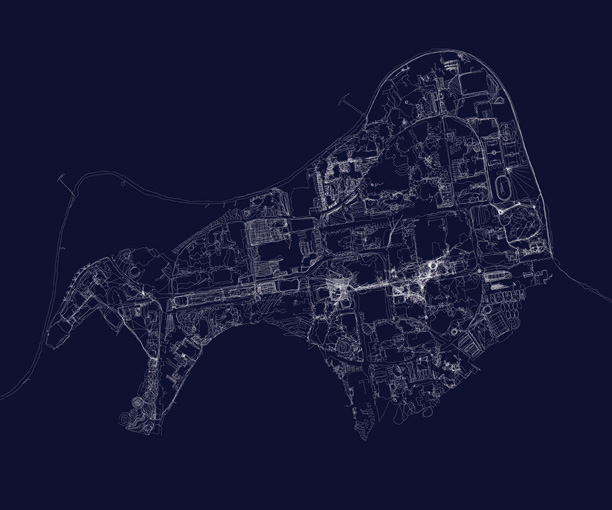
Mappages : Directeur de collection : Guillaume Monsaingeon
ISBN 978-2-9516858-2-6
Prix de vente public : 5 €
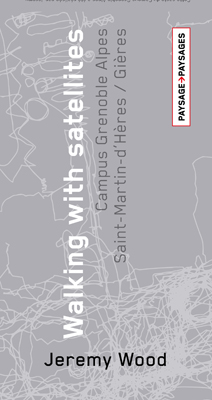
Download the order form
Oct 9, 2014 | editions en, local contemporain en
local.contemporary 08
80 pages / 15 €
ISBN 978-2-36744-072-9 / legal deposit November 2014
Texts by Maryvonne Arnaud, Miguel Aubouy, Daniel Bougnoux, Yves Citton, Michel Duport, Alain Faure, Antoine de Galbert, Jean Guibal, Patrice Meyer-Bisch, Philippe Mouillon, Henry Torgue, Guy Tosatto.
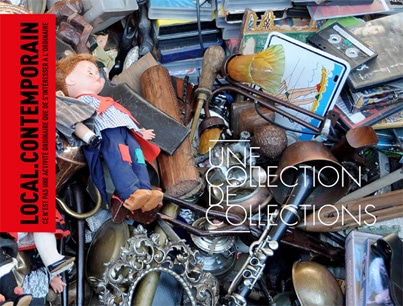
How do you best express your inner self, that is to say, make public what you know intuitively and feel deeply inside, so that someone else can seize it for his own self-enlightenment?
You are unsettled by this interweaving of a thousand little threads of knowledge that you had half forgotten, of a mix of flavours, of feelings apparently dormant or ill-defined. This, however, is precisely what does define a public space in the most political sense of the words. It’s at the crossroads, the point at which these harmonise, where we come alive in this world, where we define each other.
Sharing our most personal passions, as a Collection of Collections suggests, is to adjust the universally felt financial value by remembering our own value criteria, the incalculable value of the things we’ve loved in life.
Feb 7, 2014 | editions en, local contemporain en
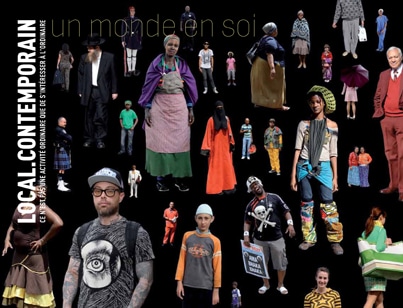
local.contemporain 07 / 80 pages / publishing le bec en l’air
Texts by Patrick Chamoiseau, Daniel Bougnoux, Maryvonne Arnaud, Yves Citton, Images by Maryvonne Arnaud
What does it mean to be a “human being”? How do you live up to this ever evolving notion metamorphosising before our very eyes, in amongst us and always growing? How do you conceive of or limit our idea of humanity in this era of globalisation?
Don’t let’s get hung up on any false or outdated idea of a human being: humanity lives in all of us in equal measure. This vague notion suggests that it is only ever shared by those with the same language or culture and consequently is implacably divided up. You cannot know what humanity is or could be, when you only have a little part of it, when you will only ever know the tiniest sample of it.
“Other people” boundlessly symbolise the enormous missing part which we must document and explore endlessly. The missing part is also a term used by scientists, when they call it antimatter, which we don’t know anything about, only having access to matter which to exist, needs the part that escapes us.
In our streets, as in the infinity of space, bodies express themselves and sometimes just skim past each other, at immeasurable distances from one another. How can you ever measure mankind?
download the order form here
Feb 28, 2012 | editions en, local contemporain en
Texts by Patrick Chamoiseau, Bernard Stiegler, Daniel Bougnoux, Yves Citton, Thanh Nghiem, Chris Younes, Jean Guibal, Olivier Frerot, André Micoud, Janek Sowa, Luc Gwiazdzinski, Henry Torgue.
Images by Maryvonne Arnaud, Sylvain Pauchet.
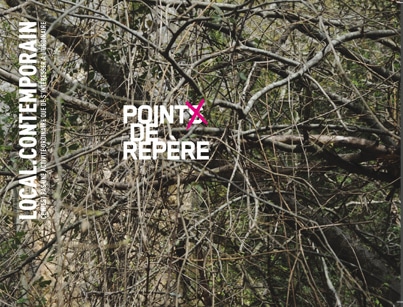
Disorientated! It’s the term we often use to describe the state of incomprehension into which we are plunged by disconcerting situations on a personal level as much as by the changing world in which we live.
There is an overwhelming feeling that stable points of reference which guarantee the correct and more or less permanent direction in a person’s life are vacillating and thrown into doubt. It’s a fact, the world is changing faster than human consciousness. Life’s certainties, family, work, religion, politics, the economy, and even money… are proving to have feet of clay. What will become of us when the points of reference which allow an individual to navigate and position himself are no longer anchored down? Is an era of no shared reference points viable?
You can see a double change: on the one hand a lost quest for beacons and mooring lines to anchor and reference our broken lives, or values that are being consumed as if by fire echoing frenetic consumerism; on the other hand,there is the fevered policing of the individual on a local level and of our day to day lives, trapped in a labrynth of computer passwords, where our every little action registers and is pinpointed on a rather alarming mysterious worldwide surveillance network.
To understand today’s reference points and the magnetic poles that work our compasses, this piece resonates with three ensembles: the regional localities which speak for themselves and bear witness to layers of history; the photography of Maryvonne Arnaud, providing visual commentary, bearing silent witness to reference points; followed by open reflection navigating three fundamentals: the place and its roots; objects, technology and science; language, tradition and meaning.
All these collaborations are a product of the “Workshop of the World”, a series of meetings arranged by Philippe Mouillon and supported by La Criée, the Centre for Contemporary Arts at Rennes. Philosophers, researchers, artists and poets debate freely these issues, building a “World Collective of Doubt” , trains of thought that are far from being doctrine and are more like a game – in both senses of the word: like a fun pastime and equally, a gentle relaxation, which keeps you mobile and active.
“There is no fundamental truth only fundamental errors. Truth is an error corrected.” wrote Gaston Bachelard. It’s with a view to “correct” that is the aim of this piece: to tease out nuances, to have an open mind to every piece of knowledge, ancient or alien, to become involved in the analysis of artistic vision and poetic intuition, in order to turn doubt into a point of reference.
Download the order form


